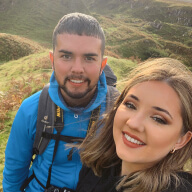All templates
Festival Retrospective

Joel Blackie
Scrum Master and Agile Delivery Manager
Experience and passion for Agile delivery, user research, rapid prototyping and building great products people love; drawing from techniques across different Agile and Lean frameworks such as Kanban, Flow and Scrum.
Categories
Similar templates
Agile Retrospective
198 likes
1.7K uses

Project Retrospective
218 likes
1.9K uses

Sailboat Retrospective
2K likes
44K uses

Agile Retrospective
198 likes
1.7K uses

Project Retrospective
218 likes
1.9K uses

Sailboat Retrospective
2K likes
44K uses
